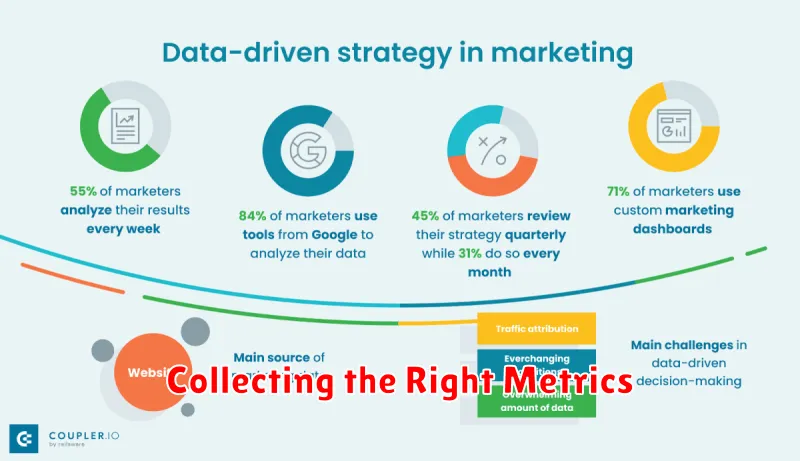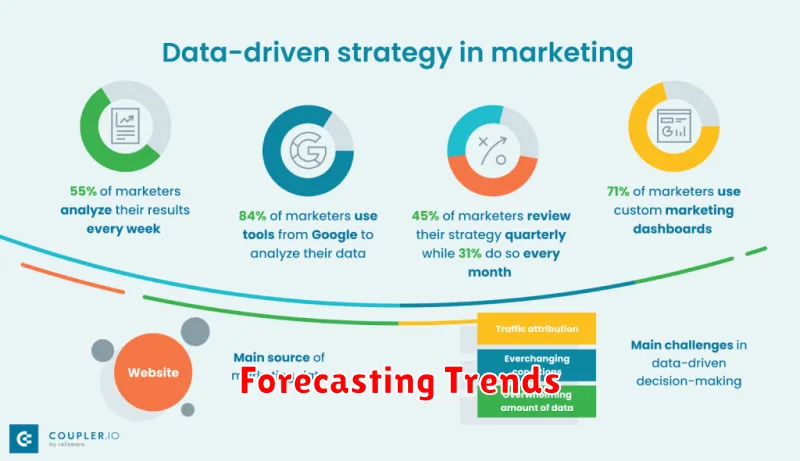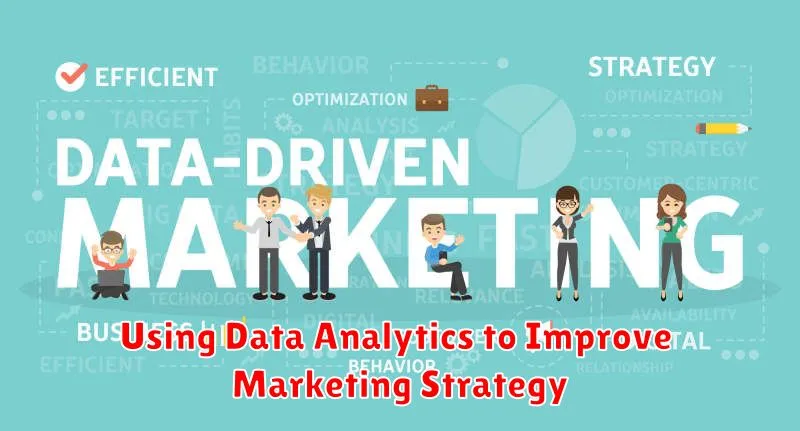In today’s competitive business landscape, leveraging data analytics is no longer a luxury, but a necessity for developing and refining effective marketing strategies. Data analytics provides invaluable insights into consumer behavior, market trends, and campaign performance, empowering businesses to make informed decisions that maximize their return on investment (ROI). This article explores the transformative power of data-driven marketing, outlining how businesses can leverage data analytics to optimize their strategies, personalize customer experiences, and achieve measurable results.
From understanding customer segmentation and targeting ideal audiences to optimizing campaign performance and predicting future trends, the applications of data analytics in marketing are vast and impactful. By analyzing data from various sources, including website traffic, social media engagement, and customer relationship management (CRM) systems, businesses can gain a comprehensive understanding of their target market and tailor their marketing strategies accordingly. This data-driven approach not only enhances the effectiveness of marketing campaigns but also fosters stronger customer relationships and drives business growth.
What is Data-Driven Marketing?
Data-driven marketing is a strategic approach that uses data insights to inform and optimize marketing campaigns. It relies on collecting and analyzing customer data from various sources to understand customer behavior, preferences, and trends.
This data is then used to personalize marketing messages, target specific customer segments, and improve the overall effectiveness of marketing efforts. By leveraging data, marketers can make more informed decisions, leading to improved return on investment (ROI) and stronger customer relationships.
Key aspects of data-driven marketing include data collection, analysis, and activation. Data may include website analytics, social media engagement, purchase history, and customer demographics.
Collecting the Right Metrics

A successful data-driven marketing strategy hinges on collecting the right metrics. Focusing on vanity metrics, while tempting, won’t provide actionable insights. Instead, concentrate on metrics directly tied to your business objectives.
For example, if your goal is to increase brand awareness, track metrics like reach, impressions, and social media engagement. If your objective is lead generation, prioritize metrics such as website conversions, form submissions, and cost per lead.
Consider the following key metric categories:
- Website Analytics: Bounce rate, time on page, and conversion rates offer valuable insights into user behavior and website effectiveness.
- Social Media Analytics: Track engagement, reach, follower growth, and sentiment to understand audience interaction and brand perception.
- Advertising Analytics: Monitor click-through rates, conversion rates, and cost per acquisition to optimize campaign performance and ROI.
- Sales Data: Analyze sales figures, customer lifetime value, and customer churn rate to understand the impact of marketing efforts on revenue generation.
By selecting the most relevant metrics, you can effectively measure the success of your marketing campaigns and make informed decisions to improve your strategy.
Visualizing Data Insights
Data visualization plays a crucial role in effectively communicating insights derived from marketing analytics. Transforming raw data into easily digestible visuals empowers marketers to quickly grasp trends, patterns, and outliers.
Choosing the right visualization method depends on the specific data and the insights being conveyed. Commonly used visualizations include:
- Bar charts for comparing categories.
- Line graphs for tracking trends over time.
- Pie charts for displaying proportions.
- Scatter plots for identifying correlations between variables.
- Heatmaps for visualizing density and distribution.
Effective data visualizations should be clear, concise, and accurate, allowing stakeholders to understand complex information at a glance and make informed decisions about marketing strategies.
Identifying Customer Behavior Patterns
A crucial step in leveraging data analytics for marketing is identifying customer behavior patterns. This involves analyzing collected data to understand how customers interact with your brand, products, or services. Understanding these patterns allows for more effective targeting and personalized messaging.
Key areas to analyze include purchase history, website browsing activity, email engagement, and social media interactions. By examining these data points, businesses can uncover valuable insights such as:
- Product Affinity: Which products are frequently purchased together?
- Churn Rate: How many customers stop using your products/services and why?
- Customer Lifetime Value (CLTV): How much revenue does a customer generate over their relationship with your business?
These insights enable marketers to segment customers based on shared behaviors, leading to more effective campaigns. For instance, identifying customers with high CLTV allows for targeted retention efforts. Similarly, recognizing product affinity can inform product bundling and cross-selling strategies.
Forecasting Trends

Forecasting plays a crucial role in data-driven marketing. By analyzing historical data and current market conditions, businesses can anticipate future trends and adjust their strategies accordingly. This proactive approach helps optimize resource allocation and maximize ROI.
Several techniques enable effective trend forecasting. Time series analysis examines past patterns to predict future behavior. Regression analysis explores relationships between variables to understand how changes in one might influence others. Machine learning algorithms, particularly those focused on predictive modeling, offer sophisticated tools for uncovering complex trends and patterns often missed by traditional methods.
Accurately forecasted trends inform various marketing decisions. Businesses can anticipate customer demand, optimize inventory management, and personalize marketing campaigns. Furthermore, trend forecasting can help identify emerging market opportunities and potential threats, allowing businesses to proactively adapt and stay ahead of the competition.
Turning Insights into Action
Data analysis provides valuable insights, but it’s the action taken based on these insights that drives marketing success. This stage bridges the gap between understanding and implementation.
Key steps in turning insights into action include:
- Prioritization: Focus on the insights with the highest potential impact and feasibility.
- Goal Setting: Define specific, measurable, achievable, relevant, and time-bound (SMART) goals based on the selected insights.
- Strategy Development: Design marketing strategies and campaigns tailored to address the identified opportunities and challenges.
- Implementation: Execute the chosen strategies, ensuring proper resource allocation and monitoring.
Effective action requires collaboration across marketing teams and stakeholders. Clear communication of insights and planned actions is crucial for alignment and successful execution.

